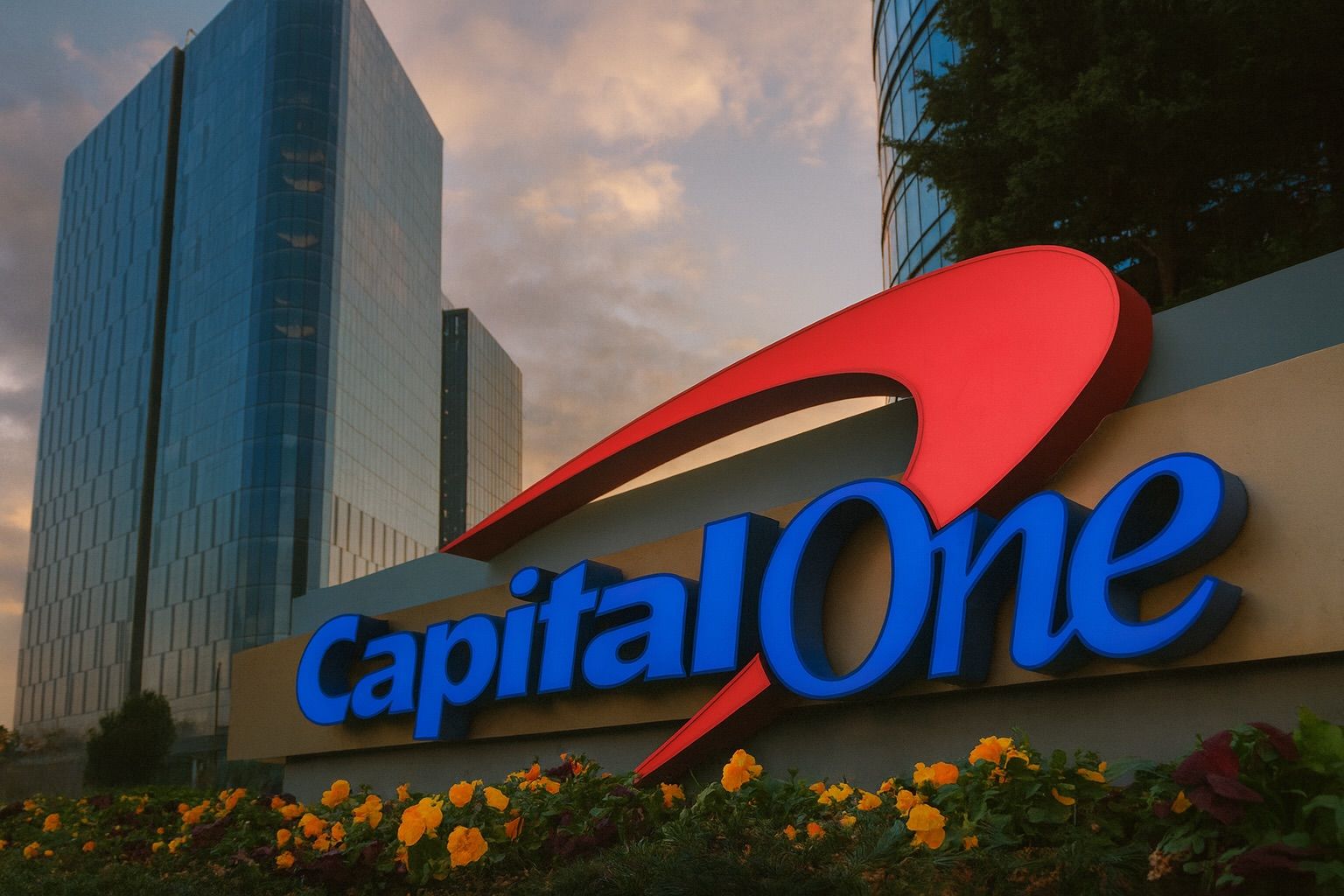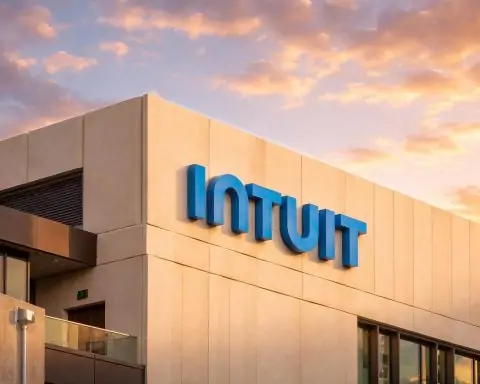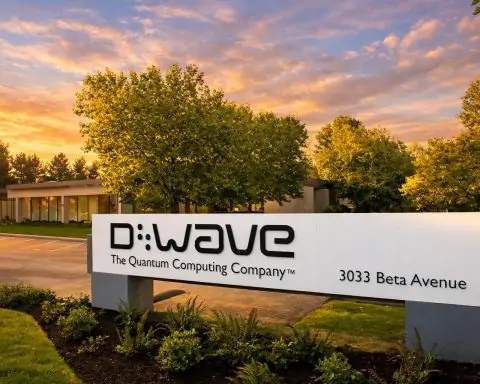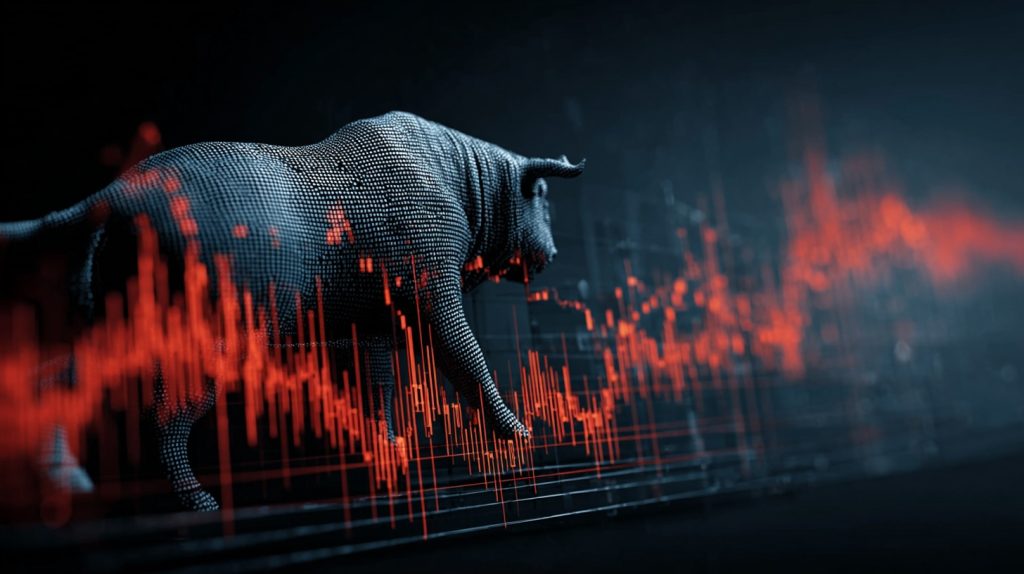- Allegations of deceptive marketing: Capital One promoted its “360 Savings” account as a high‑interest product but allegedly froze its rate at about 0.30% even as national savings rates climbed [1]. Regulators say the bank created a nearly identical “360 Performance Savings” product that paid significantly more—at one point 14 times higher than the older account [2].
- $425 million settlement structure: The proposed settlement splits $425 million into a $300 million cash fund and $125 million for increased interest payments [3]. Customers who keep their 360 Savings account open after Oct. 2 will receive additional interest at least two times the national average until the $125 million is paid out, while those who close their accounts receive a cash payment about 15% larger [4].
- Who qualifies: Anyone who held a 360 Savings account from Sept. 18 2019 through June 16 2025 is automatically a member of the settlement class; no claim form is necessary [5]. Customers must choose how they want to be paid (electronic or check) by Oct. 2 [6].
- State attorneys general oppose the deal: New York Attorney General Letitia James and 17 other state AGs argue the settlement gives depositors only about 0.78% interest on future balances—far less than the 3.5% the bank offers on its performance account—and lets Capital One keep more than $2 billion in unpaid interest; they have urged a judge to reject the agreement [7].
- Regulatory backdrop: The Consumer Financial Protection Bureau (CFPB) sued Capital One in early 2025, accusing it of cheating consumers out of more than $2 billion and marketing “high‑interest” accounts that paid far below the advertised rates [8]. The CFPB dropped its suit when the class action settlement was announced, but the agency’s allegations—and the ongoing state opposition—underscore the case’s significance.
In‑depth report
In January 2025, the Consumer Financial Protection Bureau accused Capital One of luring savers with promises of “high interest” returns on its 360 Savings account while quietly freezing that rate at 0.3%. The bureau said the bank simultaneously rolled out a 360 Performance Savings account with the same terms and conditions but far better returns—up to 4.3% during the Federal Reserve’s rapid rate hikes [9]. According to the CFPB, Capital One did not notify existing customers about the higher‑earning product and kept them in the dark about the rate differential [10]. The bureau’s director, Rohit Chopra, alleged that the practice “cheated families out of billions of dollars” and violated truth‑in‑savings rules [11].
Public outrage grew after reports showed that by August 2024 the performance account’s interest rate was 14 times the 0.30% paid on 360 Savings [12]. A class action lawsuit filed in Virginia federal court in 2024 accused the bank of misleading customers and demanded restitution. Rather than fight the case, Capital One agreed in May 2025 to a $425 million settlement that still requires court approval. The deal would compensate the estimated 4.7 million customers who held 360 Savings accounts between Sept. 18 2019 and June 16 2025 [13]. However, the settlement’s structure—paying only a fraction of the lost interest and requiring customers to choose between cash or future interest—has drawn significant criticism from consumer advocates and regulators.
Under the proposed agreement, the $300 million cash fund will be used to pay every class member based on how much interest they would have earned if their accounts had been tied to the performance rate [14]. Customers who have already closed their accounts or close them by Oct. 2 will receive a cash payment estimated to be 15% larger than those who keep their accounts open [15]. Those who keep the account open will share in $125 million of additional interest, which Capital One must pay by offering a rate at least two times the national average until the $125 million is exhausted [16]. The settlement website states that no proof of purchase is required; customers simply need to select their payment method by Oct. 2 or they will be mailed a check to their last known address [17].
Yet state regulators argue the deal does not go far enough. New York Attorney General Letitia James filed an amicus brief with 17 other state AGs urging the federal judge to reject the settlement. She contends that the proposed future interest rate of 0.78% is far below the 3.5% yield available on the bank’s 360 Performance Savings account and would allow Capital One to retain over $2 billion in unpaid interest while the average depositor recovers less than $54 [18]. James said the bank “misled customers by advertising high‑interest 360 Savings accounts but kept rates artificially low while offering a new product with much higher rates,” and the current proposal “fails to hold Capital One accountable” [19]. The AGs also criticize the settlement for not requiring the bank to automatically convert existing accounts to the higher‑yielding product, arguing that it perpetuates the very two‑tier system that sparked the lawsuit.
Capital One denies any wrongdoing and maintains that it complied with applicable laws, but it has not commented publicly on the settlement beyond court filings. Industry analysts note that the case exposes the tension between banks’ marketing claims and the realities of their interest‑rate policies. “If you promise customers a high‑interest account, you’d better deliver,” one consumer finance attorney told USA Today, noting that other banks will likely review their own savings‑account disclosures in the wake of this litigation. Some experts also see the case as a cautionary tale for consumers to monitor interest rates and not assume their banks will automatically pass on increases.
For depositors, the immediate question is whether to keep their 360 Savings account open or close it before Oct. 2. The settlement website encourages customers to choose electronic payment for faster processing and notes that payments under $5 will only be delivered electronically [20]. Those who opt out of the settlement by the same deadline preserve their right to sue Capital One individually but forfeit their share of the $425 million pool [21]. A final approval hearing is scheduled for Nov. 6, and if the court approves the deal, payments are expected to be distributed in 2026. Because the settlement is still under review and subject to objections from state regulators and class members, observers caution that the final terms—and potential payouts—could change.
Looking forward
The Capital One case highlights the growing scrutiny on financial institutions’ savings‑account practices. Consumer advocates argue that as interest rates rise, banks should quickly adjust deposit rates rather than lock customers into old, low‑yield products. Regulators such as the CFPB are signalling a tougher stance on deceptive marketing, especially when it involves promises of “high interest” returns [22]. Meanwhile, depositors nationwide will be watching the Nov. 6 fairness hearing to see whether the court modifies the settlement or embraces the states’ objections. Whatever the outcome, the lawsuit serves as a reminder to compare savings products, demand transparency and remain vigilant about how much interest your money earns.
References
1. www.masslive.com, 2. www.masslive.com, 3. eu.usatoday.com, 4. eu.usatoday.com, 5. eu.usatoday.com, 6. eu.usatoday.com, 7. eu.usatoday.com, 8. eu.usatoday.com, 9. eu.usatoday.com, 10. www.masslive.com, 11. eu.usatoday.com, 12. www.masslive.com, 13. eu.usatoday.com, 14. eu.usatoday.com, 15. eu.usatoday.com, 16. eu.usatoday.com, 17. www.al.com, 18. eu.usatoday.com, 19. eu.usatoday.com, 20. www.al.com, 21. eu.usatoday.com, 22. eu.usatoday.com










